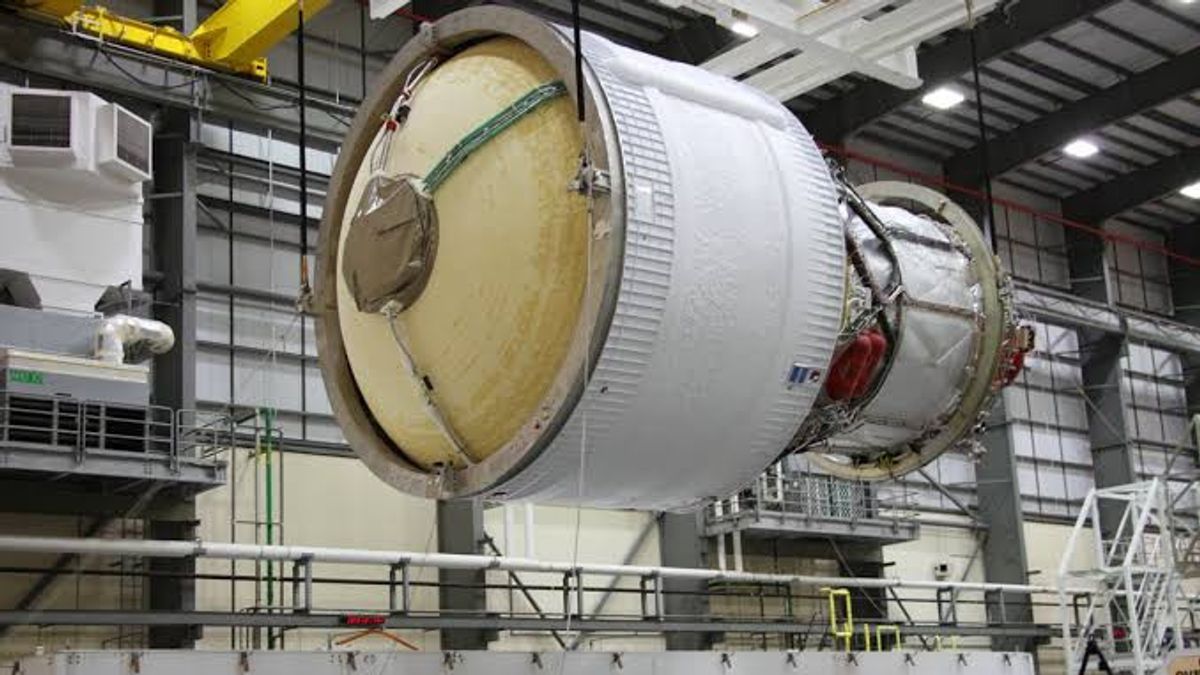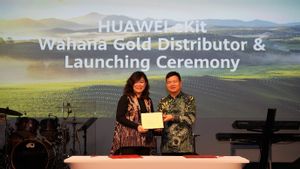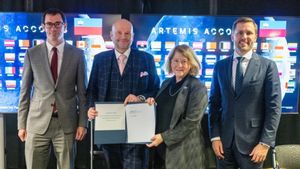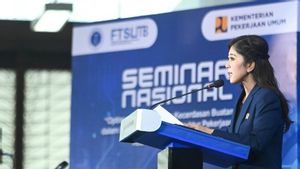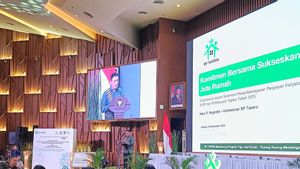JAKARTA - NASA's mission to bring astronauts to the Moon seems to be progressing, the giant rocket that will be used as a vehicle is now really starting to develop.
On its official website, NASA and its manufacturing partners have made great progress in crafting the Space Launch System (SLS) rocket for the Artemis 2 mission, bringing astronauts into orbit to the Moon, which is targeted for liftoff in 2024.
Testing and manufacturing of SLS parts are also underway for the Moon landing mission Artemis 3, now scheduled no earlier than 2025, and its successor Artemis 4.
"The SLS team did not build just one rocket, but built several rockets for future SLS exploration and flight missions beyond the initial Artemis launch," said SLS Program Manager, John Honeycutt.
"The Artemis 1 mission is the first in a series of increasingly complex missions that will expand our presence on the Moon. The unprecedented power and capability of the SLS rocket will send missions further and faster throughout the Solar System," he added.
Earlier in July last year, the Interim Cryogenic Propulsion Stage (ICPS) for the Artemis 2 SLS was the first to arrive in Florida, near its launch site at the Kennedy Space Center (KSC).
ICPS is now completing final preparations at its United Launch Alliance (ULA) and Boeing facilities for delivery to KSC. The ICPS for the Artemis 3 SLS is under construction at the ULA plant in Decatur, Alabama. The device will later be used to propel the Orion crew capsule to the Moon.
Meanwhile, RS-25 boosters and engines for the Artemis 2 and Artemis 3 rockets are in the final stages of assembly. The Artemis 2 engine is ready for integration with the SLS core stage at NASA's Michoud Assembly Facility in New Orleans, while the Artemis 3 engine is in preparation at the Aerojet Rocketdyne facility at NASA's Stennis Space Center in Mississippi.
Please note, Aerojet Rocketdyne is the main contractor for the RS-25. Construction of the RS-25 on missions beyond Artemis 4 is currently underway. Engineers with aerospace firm Northrop Grumman have also completed casting the propulsion motor segment for the Artemis 2 and Artemis 3 in Utah and have begun work on the segment for the Artemis 4.
SEE ALSO:
Additionally, NASA is also demonstrating progress on elements such as conical launch vehicle stage adapters for Artemis 2 and 3, along with manufacturing panels for universal stage adapter tests for future missions.
Artemis is a series of NASA's manned lunar exploration program, which aims to establish a sustainable human presence on and around the Moon. The space agency is currently aiming to land astronauts on the lunar surface no sooner than 2025 on the Artemis 3 mission.
The mission was originally targeted for 2024 under the administration of former US President Donald Trump. But it has been delayed for a variety of reasons, from funding issues to technical issues with elements like the spacesuit, to the now-resolved federal lawsuit over the SLS contract, which was awarded to SpaceX in April 2021.
The English, Chinese, Japanese, Arabic, and French versions are automatically generated by the AI. So there may still be inaccuracies in translating, please always see Indonesian as our main language. (system supported by DigitalSiber.id)
